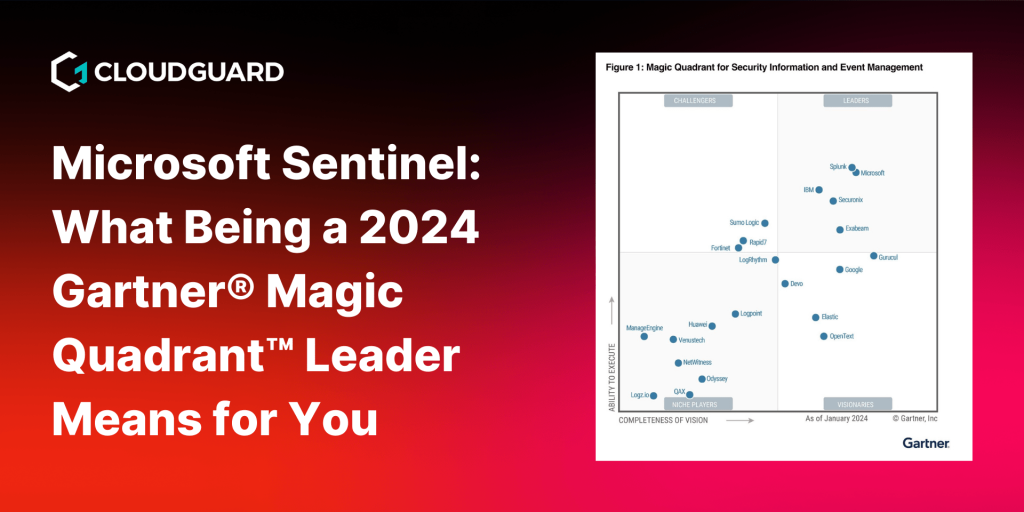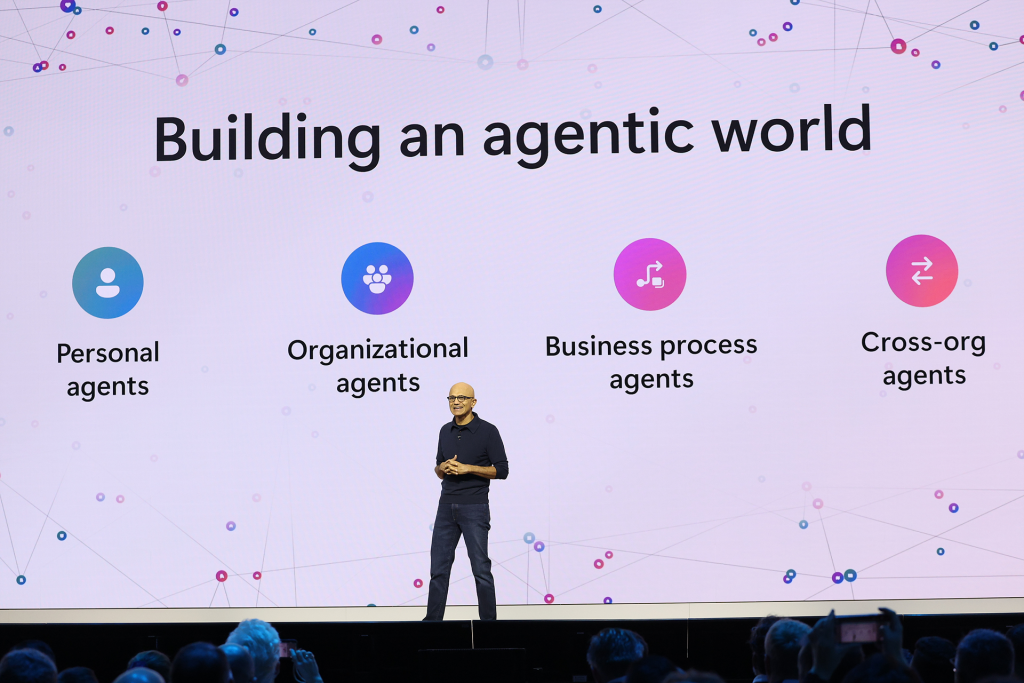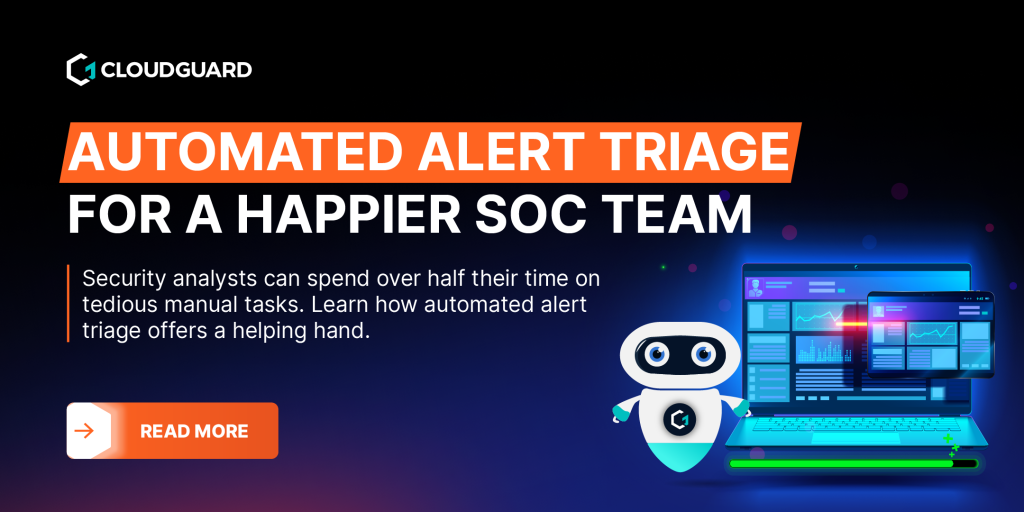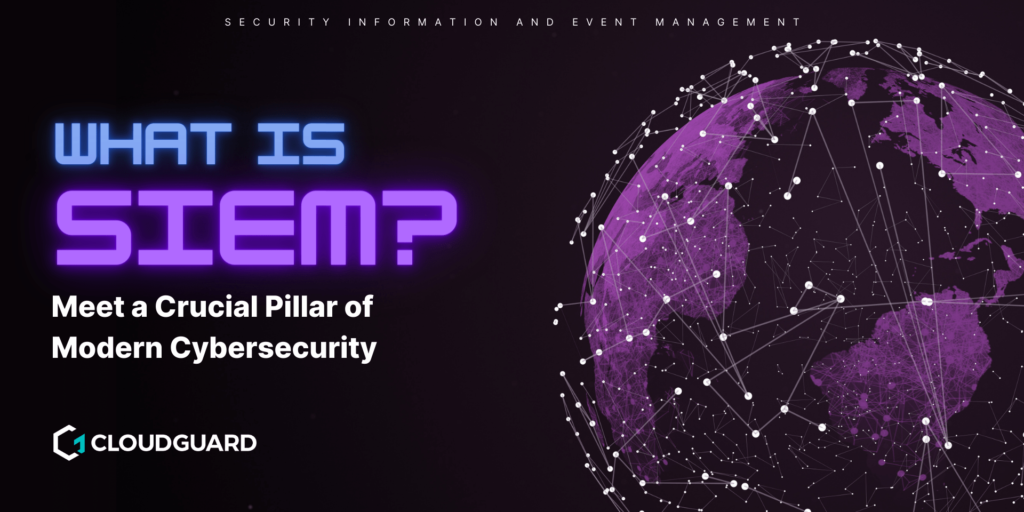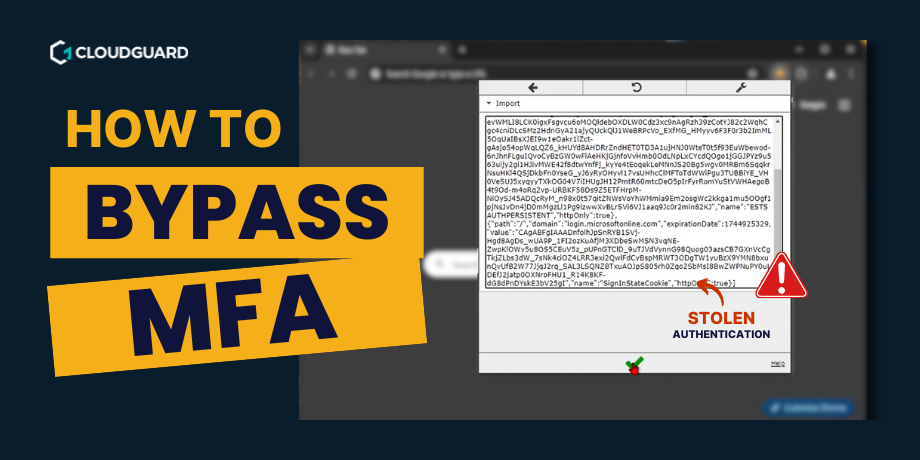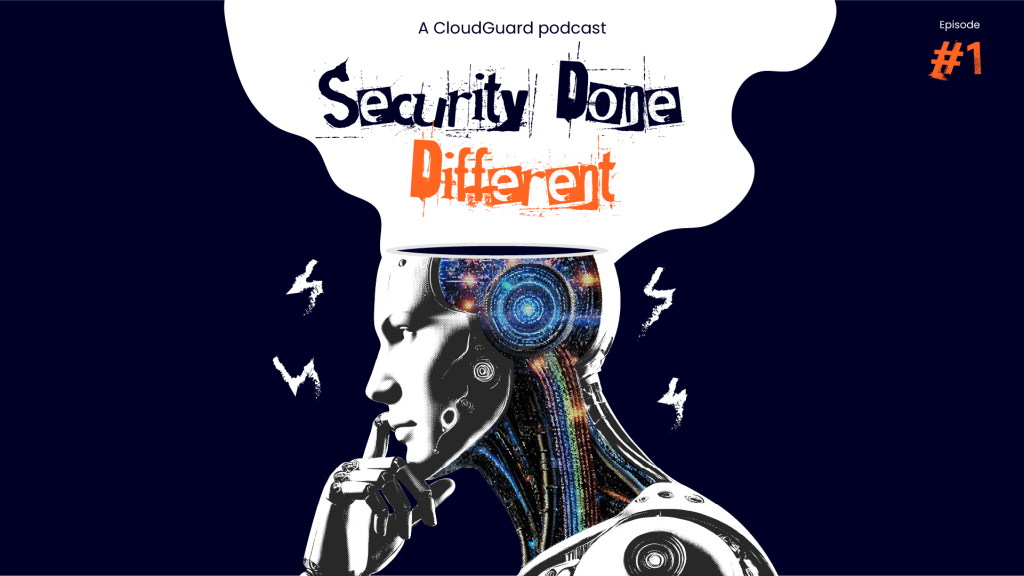AI threats are advancing by the hour, orchestrated by sophisticated individuals and groups worldwide. These threat actors utilise AI to launch targeted attacks on businesses for various motives, including financial gain and political reasons.
The growing trends of AI-driven phishing techniques and impersonation tactics has heightened the need for organisations to integrate advanced, proactive strategies into their cybersecurity posture.
Using AI is not just an option but a necessity. Without utilising advanced techniques for both offense and defence, businesses risk falling behind in addressing the complex challenges presented by changing cyber threats.
Modern Security Operations Challenges
Let’s be honest. Humans have their limits. We live in a world where security operations typically rely heavily on human interactions. Security Operations Centers (SOCs) house teams of Security Analysts tasked with monitoring and responding to cyber threats. It’s not sustainable, efficient or effective.
Relying solely on human capabilities for monitoring and responding to the sophisticated and ever-changing landscape of cyber threats presents several challenges. Today, the complexity of cyber threats far exceeds the capabilities of human analysts.
Security Analysts follow a manual and intensive process when responding to security events. Upon detection, they initiate a series of scripted actions, known as Standard Operating Procedures (SOPs), to investigate and mitigate the threat. These SOPs are essentially libraries of predefined steps to be taken in response to specific scenarios.
This manual investigative process is time-consuming, with analysts spending hours delving into the details of each event. As a result, a SOC team, even one operating 24/7, can become a factory of human-intensive tasks. The sheer volume of events, multiplied by the number of customers and the duration of threats, creates an environment prone to human errors and inefficiencies.
Common challenges include fatigue-driven errors, delays in investigation, and the risk of crucial details being overlooked. Human limitations in terms of working hours further exacerbate these challenges, leading to suboptimal operational efficiency and potential negative impacts on the quality of service delivered to customers.
The Benefits of AI and Automation
In addressing the challenges faced by SOC teams, the introduction of AI and automation significantly improves the capabilities of security operations. The once manual and time-consuming processes undertaken by Security Analysts can be automated to enhance efficiency and reduce response times.
Imagine an event triggering an output. Traditionally, a Security Analyst would follow a predefined script, executing a series of steps outlined in a Standard Operating Procedure (SOP). This workflow can be automated. The automated system replicates the analyst’s behaviour, executing the SOPs in response to the event trigger.
Automated cybersecurity holds the power to expedite the entire investigative process. What might have taken hours for a human analyst to complete can be achieved in minutes, or even seconds, with automation. The automation system can efficiently handle routine tasks and decision-making processes, significantly reducing mean time to resolve (MTTR).
While automation can handle most tasks, there may be scenarios where human intervention is necessary. In these cases, the automated system can seamlessly hand over the information and context to a human analyst. This ensures that the analyst can focus on the nuanced and complex aspects of the investigation, rather than mundane and repetitive tasks.
By leveraging AI and automation, SOC teams can maximise their value by concentrating on higher-order tasks and strategic decision-making. The result is a more streamlined and efficient workflow, leading to quicker issue resolution, improved mean time to resolve rates, and ultimately, imrpvoed customer satisfaction.
How AI Reduces Security Operations Costs
The role of AI in security operations allows for a critical perspective on cost reduction. Unlike traditional methods where SOPs are manually created for every new scenario, AI operates through learning on the fly. This self-learning ability ensures that as new, unprecedented events occur, the AI system adapts and evolves without the need for manual intervention.
True AI doesn’t require analysts to create specific procedures for each unique event. Instead, it learns from the behaviour observed during the event, eliminating the need for repeated training. In essence, the AI becomes self-sufficient in handling scenarios it has encountered before.
This self-training capability allows for rapid response times. When a similar event occurs in the future, the AI can autonomously and efficiently execute the learned processes, drastically reducing the time needed for investigation and resolution.
Moreover, the cost-saving benefits of AI extend beyond operational efficiency. In a business context, the introduction of AI allows for the creation of a leaner SOC team that heavily leverages automation.
By reducing the need for a full-fledged SOC team, businesses can significantly cut costs while enhancing operational effectiveness.
AI’s ability to handle routine tasks means that human analysts can focus on more complex, strategic, and value-added activities, contributing to a multifaceted improvement in both operational efficiency and overall cost-effectiveness.
Scalability and Future-Proofing
With a well-implemented approach, businesses can focus on expanding the modular architecture of their automation without being constrained by concerns related to human resources within growth plans.
The scalability achieved through AI is not just about adding more people to drive the expansion but revolves around investing in the scalability of the automation framework.
In contrast to a flat architecture that might hinder scalability, the emphasis is placed on strategic planning to create a system that can effortlessly scale out. The importance of scalability is a key consideration when adopting an AI-based strategy for cybersecurity posture.
However, there is also an ethical dimension to scalability that must be considered. Rather than advocating for indiscriminate role displacement, businesses must consider a more nuanced approach.
Rather than cutting roles, businesses should repurpose their teams, creating a learning environment that contributes to the AI strategy.
This approach is not only more ethical but also more rewarding, creating a collaborative partnership between human expertise and AI capabilities. In essence, the focus is on achieving scalability while future-proofing the workforce through strategic repurposing and upskilling.
Conclusion
Striking the right balance between AI, automation, and human expertise in cybersecurity operations is essential. AI is a powerful tool that businesses can leverage to help reduce operational costs and allow security teams to demonstrate their value through higher order tasks and strategic decision making.
Gone are the days where Security Analysts spend hours manually investigating a single event. However, the unfortunate trend of tech brands using AI buzzwords for marketing can cause confusion among decision-makers as it creates the misconception about the ease of deploying comprehensive AI solutions.
CloudGuard’s approach to combatting threats combines AI for intricate threat analysis, automation for handling mundane tasks, and human involvement for contextualising and refining the outcomes – offering businesses a comprehensive cybersecurity solution.


